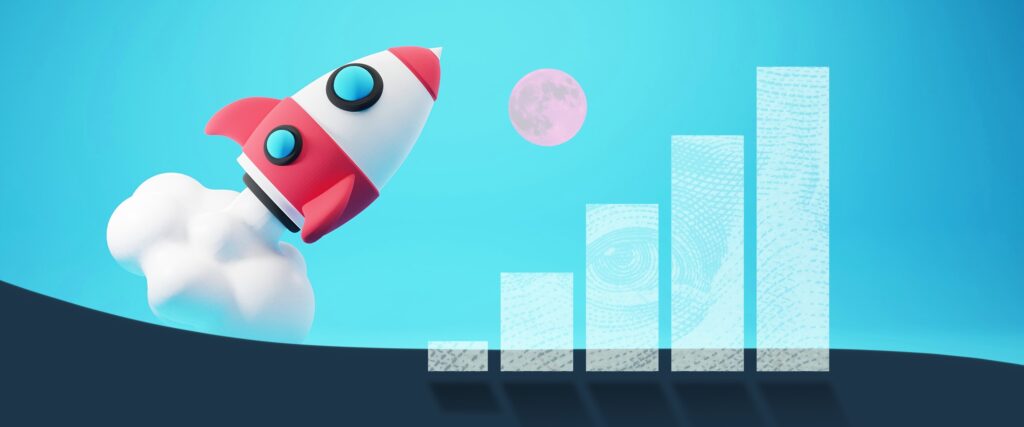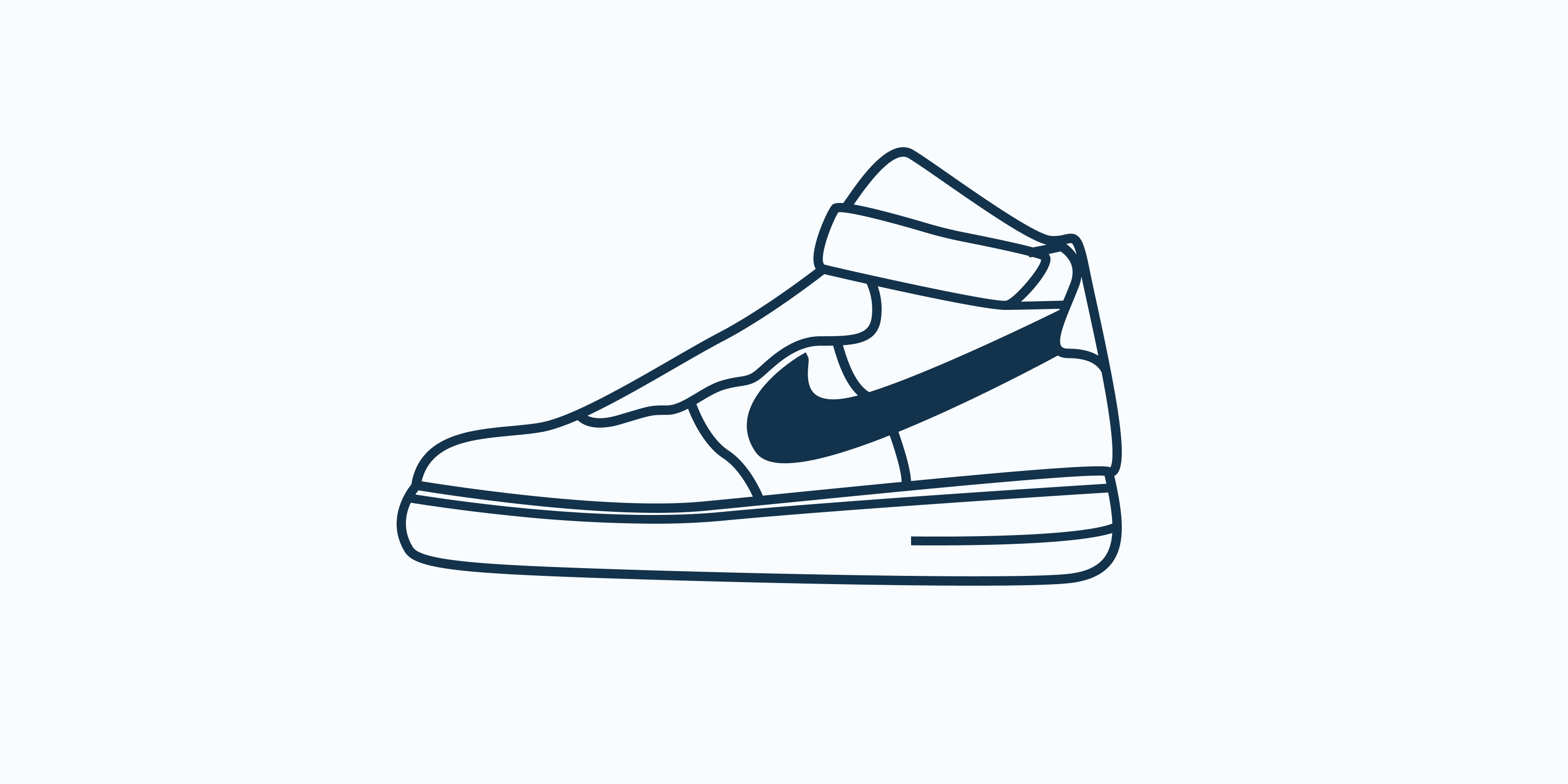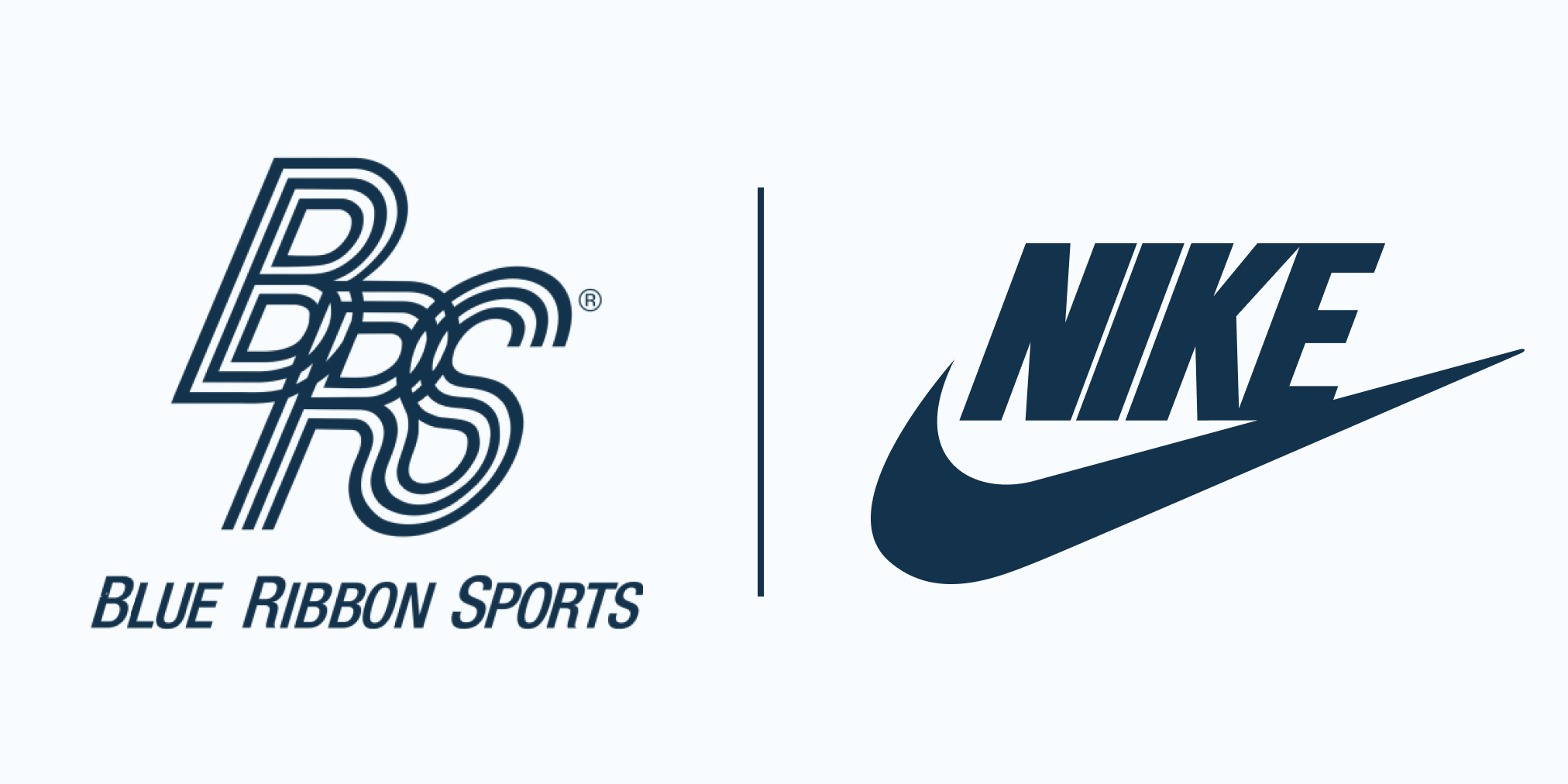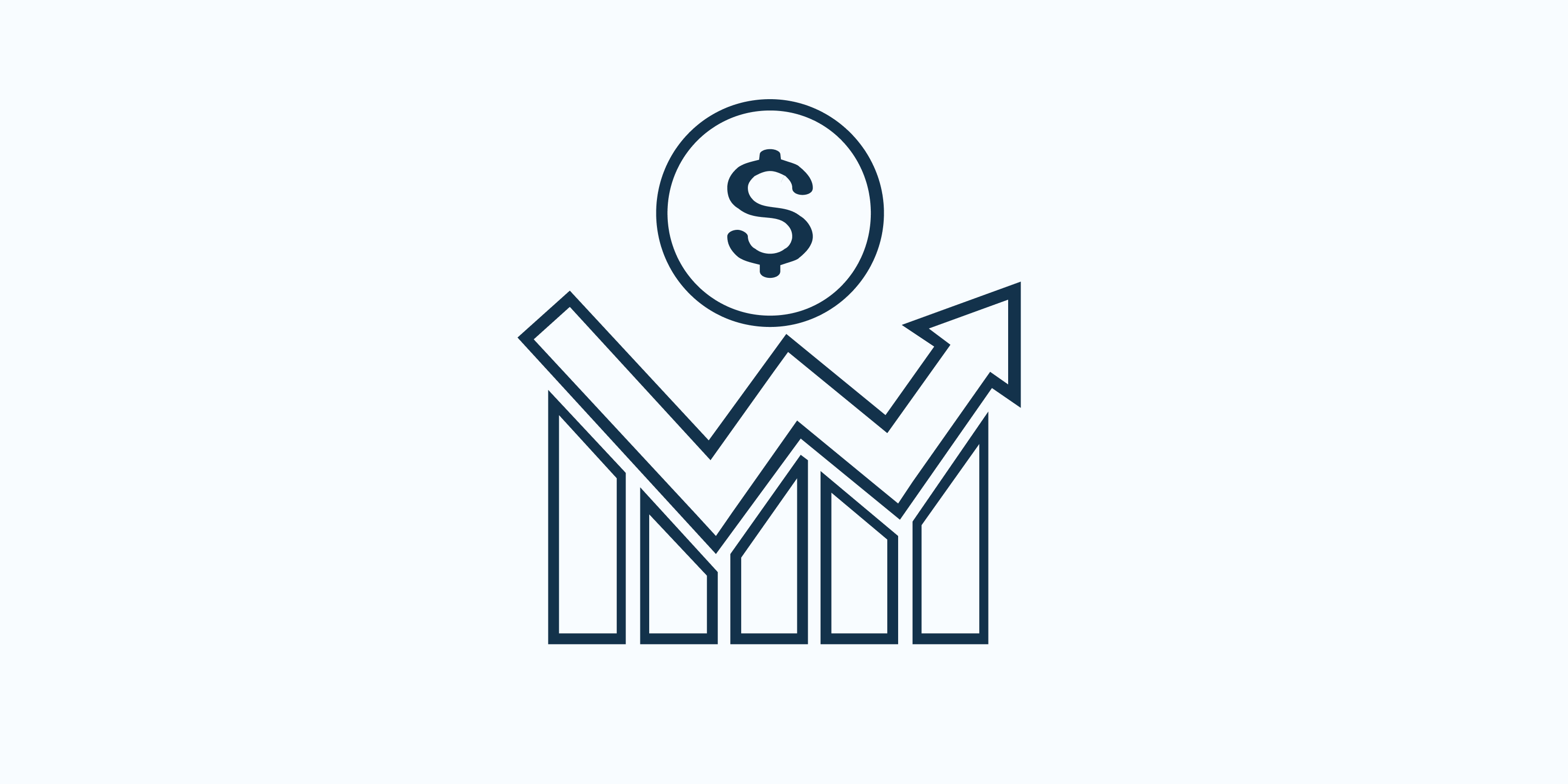9 Startup Lessons From Phil Knight, Creator of NIKE

Nike is one of the best-known brands in the world today. It sells almost 1,500 shoes every minute. That is 780 million shoes every year. Most likely, at some point in your life, you might have worn a Nike yourself.

Since its public listing in 1980, Nike has returned its investors over 1200x their original investment. But like every other startup, it started small. It started with a crazy idea. Phil Knights’ crazy idea.
Over the years, Phil’s & Nike’s journey has been full of many ups and downs. Phil documents this in his bestselling book, Shoe Dog. In this post, we share with you nine lessons that all startups can learn from his inspirational journey.
1) Don’t Wish for Your Problems To Go Away… Because They Never Will
The path to building a great company is full of challenges. To mention that Nike’s path had a few is a massive understatement.
Nike was only 2 months old when it ran into its first challenge — a legal battle with another competing distributor. It had only just resolved this legal hurdle, that another problem hit — one of its early employees threatened to quit. To add to all this, Nike faced constant delays from its supplier, Onitsuka in Japan, causing all sorts of problems. Phil, in his book, Shoe Dog writes:
“Onitsuka was always late shipping my shoes, which meant less time to sell, which meant less time to make enough money to cover my loan. When I complained, Onitsuka didn’t answer”
Later in Nike’s journey, its bank, Bank of California, fired it. The bank refused to do any business with Nike. Without a bank, Nike was almost on the verge of collapse.
“… the net-net is that I have no bank. And thus I have no money. And I need to make payroll. And I need to pay my other creditors. And if I can’t meet those obligations, I am out of business.”
As the company continued to grow, the problems continued to grow as well.
“Each new day brought fifty new problems, fifty tough decisions that needed to be made, right now, and we were always acutely aware that one rash move, one wrong decision could be the end. The margin for error was forever getting narrower, while stakes were forever getting higher.”
Ultimately, Phil realized that the problems will never go away. They are a part of the building process.
“The problems were never going to stop, I realized, but for the moment we had more momentum than problems.”
Startups often face a multitude of problems.
For example, a release might get delayed. A competitor might copy your product. An employee might jump ship. An investor might pressure you to get acquired. A major customer might default. A media outlet might criticize you. The list goes on.

As founders or early employees, you might wish for these problems to go away. But alas, they never do.
You need to accept that problems are a part of the building process. They are here to stay. Do not wish for them to go away. Gather the courage to face them.
2) Hire a Team of Believers
Before starting Nike, Phil Knight had two different sales jobs. In one, he sold encyclopedias and in the other, he sold mutual funds.
He recounts that he barely made any sales. He didn’t believe in those things and hence sold them reluctantly.
But with Nike it was different. He believed in the shoes and that made a difference.
“Driving back to Portland I’d puzzle over my sudden success at selling. I’d been unable to sell encyclopedias, and I’d despised it to boot. I’d been slightly better at selling mutual funds, but I’d felt dead inside. So why was selling shoes so different? Because I realized, it wasn’t selling. I believed in running. I believed that if people got out and ran a few miles every day, the world would be a better place, and I believed these shoes were better to run in. People, sensing my belief, wanted some of that belief for themselves.”
Nike’s co-founder, Bowerman, a track shoe coach, was a believer too. And so were all other early Nike team members. For them Nike was more than just a job, it was their life’s mission. They were all shoe dogs.
“Shoes were their way of connecting with humanity. What better way of connecting, shoe dogs thought, than by refining the hinge that joins each person to the world’s surface?”

Bowerman, on his part, spent countless hours researching and crafting the perfect shoe.
“Bowerman was a genius coach, a master motivator, a natural leader of young men, and there was one piece of gear he deemed crucial to their development. Shoes. He was obsessed with how human beings are shod. […] He’d spend days tearing them apart, stitching them back up, then hand them back with some minor modification, which made us either run like deer or bleed. Regardless of the results he never stopped.”
Unknown to Knight, some of Nike’s other early employees skipped cashing in their paychecks altogether. For them, working at Nike was not about money. It was about something else. It was about their calling.
“I’d tell men and women in their mid-twenties not settle for a job or a profession or even a career. Seek a calling. Even if you don’t know what it means, seek it. If you’re falling your calling, the fatigue will be easier to bear, the disappointments will be fuel, the highs will be like nothing you’ve ever felt”
In every startups’ journey, there are bound to be rough patches. At times, money will be tight. Other times, the workload will be sky-high.
It would be rather tough for someone who does not believe in the mission to stick around for long. That is why, when hiring for startups, hire people who are bought into your mission. Hire a team of believers.
3) Target Your End Customers
In Nike’s early days, while pitching his track shoes, sporting good stores would dismiss Phil saying:
“Kid, what this world does not need is another track shoe!”
He was not discouraged. Instead, he started pitching his track shoes to end customers, i.e. the coaches and the runners. And it worked wonders.
“I drove all over the Pacific Northwest, to various track meets. Between races, I’d chat up the coaches, the runners, the fans, and show them my wares. The response was always the same. I couldn’t write orders fast enough. […] Sometimes people wanted my shoes so badly that they’d write me, or phone me, saying they’d heard about new Tigers and just had to have a pair, could I please send them?”
Similarly, in Silicon Valley, Stripe grew its product by pitching it to developers, instead of finance chiefs. Collison brothers talk about how Stripe’s primary appeal i.e. easy integration was aimed at developers.
“…think many of the developers were just really glad that someone was finally paying attention to them at all.”

As startups, you should always cut through the noise and directly target your end customers. They are the ones who are going to benefit the most from your product and potentially influence the sale.
Start cultivating relationships with them. Take inspiration from Nike’s early employee, Johnson.
“He sent them Christmas Cards. He sent them birthday cards. He sent them notes of congratulation after they completed a big race or marathon. […] Most customers came to depend on Johnson’s letter. Most wrote him back. They’d tell him about their lives, their troubles, their injuries, and he would lavishly console, sympathize and advise.”
4) Your Brand Does Not Have To Be Perfect on Day 1
We know Nike today as one of the best brands in the world. But you know what? Nike and its swoosh logo were not even born until after 11 years of its existence.
In its early years, the company was called Blue Ribbon. It was only in 1975 after a particular shoe range called Nike became popular that they renamed the company to Nike Inc. Phil recalls:
“More than a brand, Nike was now becoming a household word, to such an extent that we would have to change the company name. Blue Ribbon, we decided, had run its course. We would have to incorporate as Nike, Inc.”

Startups sometimes spend loads of energy in getting to the perfect brand on Day 1. Although important, let not branding decisions cripple you down. Instead, make a decision and move on. As with Nike, your brand can always evolve over time.
Bonus fact: Phil wanted to originally call the Nike range of shoes “Dimension Six”. The employees said no and one of them came up with the name Nike instead.
5) Take Care of Your Mental and Physical Health
Bringing an idea to life can be rewarding and fun. But it can also be hard emotionally. Rejection after rejection can knock you down. Phil recalls:
“I wasn’t built for heavy doses of rejection. I’d known this about myself since high school, freshman year, when I got cut from the baseball team. A small setback, in the grand scheme, but it knocked me sideways.”
Long working hours can also take their toll. Phil, unable to disconnect, started to get lost in his work.
“I often didn’t hear what she [her wife] said, and if I did hear I didn’t remember it minutes later. She was learning that I was absentminded, that I would drive to the grocery store and come empty-handed, without the one item she’d asked me to buy, because all the way there and all the way back I’d been puzzling over the latest bank crisis, or the most recent Onitsuka shipping delay. […] I told her I didn’t know when I’d craved a holiday so much. I needed rest, and sleep, and good food”
At one point, he also gave up on his running habit, something that had inspired him to start Nike in the first place.
“My weight ballooned. By the middle of 1970, I was around 190, an all-time high. […] Somehow I’d gotten out of the running habit. Blue Ribbon, marriage, fatherhood – there was never time. Also, I’d felt burned out.”
Times were tough. But fortunately, Phil introspected. He swore to get back on the track. He started running again.

Working at startups can be tough. You always have more to do than there is time. The worst thing that you can do in this situation is to let your work get onto your health.
There is nothing in the world, seriously nothing, more important than your health. Every dream, every opportunity, every dollar becomes irrelevant if your health is not with you.
Health has to be your top priority. Everything else comes after that.
6) Keep a Tab on Your Company’s Financial Health
There were multiple instances when Nike was on the verge of bankruptcy. In its early days, liquidity was very tight.
“…1970 was Summer of Liquidity, and I had none. I spent most of every day thinking about liquidity, talking about liquidity, looking to the heavens, and pleading for liquidity.[…] we weren’t broke, we just had no money. Lots of assets, no cash.”
Paying its creditors on time was always a big headache.
“We struggled to make every payment, to Bank of California, to all of our other creditors, but that Nissho payment at the end of the month was like passing a kidney stone. As we’d begin scraping together our available cash, writing checks with barely enough to cover them, we’d start to sweat. The Nissho payment was sometimes so big that we’d be dead broke for a day or two.”
This culminated in constant stress. Stress around bringing in new sales and about the company’s future.
“If we didn’t “sell-through”, sell all the shoes in our most recent order, and quickly convert that product into cash, we’d be in big trouble. […] We were leveraged to the hilt, and like most people who live from paycheck to paycheck, we were walking the edge of a precipice.”
In the early stages, startups tend to focus more on the company’s product, technology, and distribution. Sometimes, rightly so.

But once in a while, you should also direct your attention to the company’s finances. Make sure that your books are in place, you are aware of your cash flow situation, and you have the runway you need to succeed.
7) Managing Work/Life Balance Is Tough
During Nike’s early days, Phil wrote about his rigorous work schedule. To start with, things were trending well.
“I was putting in six days a week at Price Waterhouse, spending early mornings and late nights and all weekends and vacations at Blue Ribbon [Nike]. No friends, no exercise, no social life – and wholly content. My life was out of balance, sure, but I didn’t care. In fact, I wanted even more imbalance. Or a different kind of imbalance.”
But once Phil started a family, things started to go downhill. As demands of both work and family life increased, Phil had to make some tough choices.
“I didn’t like leaving Penny alone with Matthew [Phil’s first son], especially around holidays, but it couldn’t be avoided.”

With the birth of Phil’s second son, the choices got even tougher. He had to decide between spending time with his work-family and real-family.
“The buttfaces [Nike’s inner team] were like family, but every minute I spent with them was at the cost of my other family, my real family. The guilt was palpable. Often I’d walk into my house and Matthew and Travis would meet me at the door. ‘Where have you been’ they’d ask’ ”
Unable to spend much time with kids, Phil felt remorse and then regret.
“By the end of 1973, I thought, it’s very possible I’ll have two kids and no job. […] Was it even feasible to run a startup company while starting a family? Should I go back to accounting, or teaching, or something more stable?. […] But in late 1977, when I evaluated myself honestly, when I looked at how much time I was spending away from the boys, and how distant I was even when I was home, I gave myself low marks.”
Finding a balance between your work and personal life is hard. You are often juggling multiple priorities. And knowingly or unknowingly you are forced to prioritize.
Unfortunately, finding balance is not easy. Indra Nooyi, PepsiCo’s ex-CEO, gives an honest insight into her work/life balance challenges here. She recommends developing coping mechanisms as a way to manage the work/life balance challenge.
8) Be Wary of the Bargaining Power of Suppliers
Michael E. Porter, in his competitive strategy framework, talks about how suppliers with huge bargaining power can adversely impact a company’s profitability.
A live example of this is Nike. In Nike’s early years, it depended solely on 1 big Japanese supplier named Onitsuka for its shoes. As a result, Onitsuka exerted a huge bargaining power over Nike. Though their relationship was mutually beneficial, it was full of conflicts and problems.
One time, Onitsuka threatened to cut off Nike completely.
“Onitsuka was considering a clean break with Blue Ribbon, and Kitami was in touch with several distributors in the United States.”
Another time, they targeted Nike with a hostile takeover. They said:
“Onitsuka Co. Ltd will buy a controlling interest in Blue Ribbon, fifty-one percent. It is the best deal for your company. And you. You would be wise to accept”
All of this cornered Nike into a state of helplessness.
“I still needed him. I had no backup, no plan B, no exit strategy. If I was going to save Blue Ribbon [Nike], I needed to do it slowly, on my own schedule so as not to spook customers and retailers.”

Ultimately, Nike diversified its supply and got over its Onitsuka problem.
Thinking about it, startups, as well, can sometimes come to rely heavily on a single big supplier or customer. This can be risky. It doesn’t take a lot for things to turn awry and you to find yourself in the middle of a perfect storm. As you grow, make sure you have a plan, in case your supplier or customer were to hold a gun to your head.
9) Never Stop
It took many years of hard work and determination for Nike to get to where it currently is. For the majority of its first decade of existence, Nike couldn’t afford Phil’s salary. He had to take full and part-time jobs to support himself.
“Blue Ribbon simply couldn’t support me. Though the company was on track to double sales for a fifth straight year, it still couldn’t justify a salary for its co-founder.”
Nike’s initial product development ideas (to its suppliers) were almost always dismissed or never replied to.
“Most of Bowerman’s letters [and ideas] were unanswered. When there was an answer, it was cryptic, or curly dismissive.
Nike’s first attempt to raise capital failed miserably.
“Woodell and I sent out fliers advertising our first offering, then sent back and braced for the clamorous response. Silence. A month passed. Deafening silence. Not one phone. Not one person.”
But the team never lost hope. They kept running.
“Every runner knows this. You run and run, mile after mile, and you never quite know why. You tell yourself that you are running toward some goal, chasing some rush, but really you run because the alternative, stopping, scares you to death.”
As startups, we sometimes give up on our ideas and dreams way too early. We stop.
If we were to learn just one thing from Phil Knight and Nike’s inspirational journey, it would be to NEVER STOP!
“Let everyone else call your idea crazy, [you] just keep going. Don’t stop. Don’t even think about stopping until you get there, and don’t give much thought to where ‘there’ is. Whatever comes, just don’t stop.”
Note: The author would like to thank the Noun Project for the image icons.


